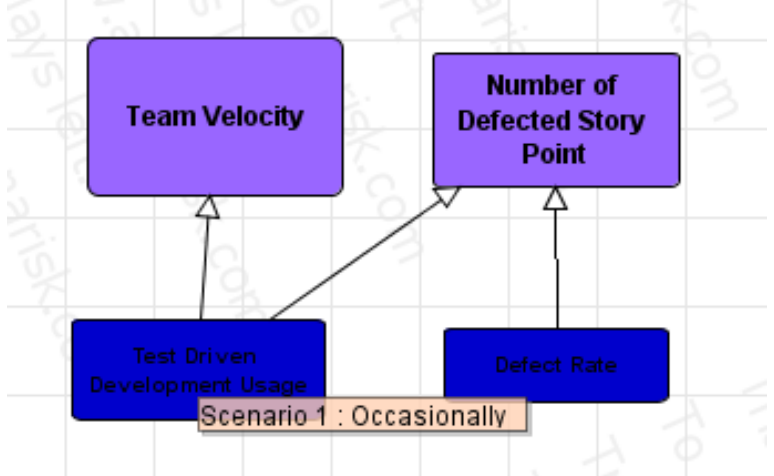Table of Links
-
Background and 2.1. Related Work
2.2. The Impact of XP Practices on Software Productivity and Quality
2.3. Bayesian Network Modelling
Bayesian Network (BN) [15] is a probabilistic graphical model that represents a set of random variables and their conditional probabilities via a directed acyclic graph (DAG). In these graphical structures, each node in the graph represents a random variable, while the edges between the nodes represent probabilistic dependencies among the corresponding random variables. In addition, in a BN each node has an associated probability table, called the Node Probability Table (NPT). These conditional dependencies in the graph are often estimated by using known statistical and computational methods.
Bayesian Networks are used for reasoning and decision-making in problems that involve uncertainty and probabilistic reasoning. The first working applications of BNs (during the period 1988-1995) tended to focus on classical diagnostic problems, primarily in medicine and fault diagnosis [16]. Nevertheless, the medical and biological/DNA decision-support domain has continued to be the most preferred area for published BN applications. On the other hand, companies such as Microsoft and Hewlett-Packard have used BNs for fault diagnosis [16]. The ever-increasing need for improved decision support in critical systems has resulted in a range of BN-based systems. These include BN models for air traffic management, railway safety assessment, and terrorist threat assessment [16]. There have also been numerous uses of BNs in military applications.

Figure 1 shows an example of BN. This graph is part of the proposed XP process model. The number of defected story points depends on both the test driven development practice usage and the defect rate random variables, while the team velocity is affected by only the test driven development practice usage.

Authors:
(1) Mohamed Abouelelam, Software System Engineering, University of Regina, Regina, Canada;
(2) Luigi Benedicenti, Software System Engineering, University of Regina, Regina, Canada.
This paper is

